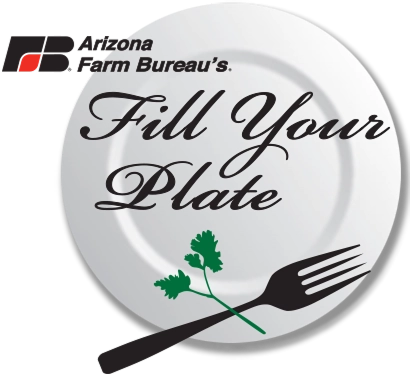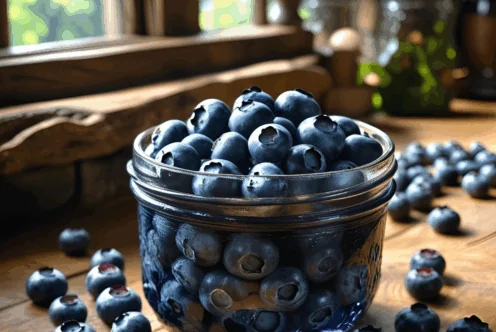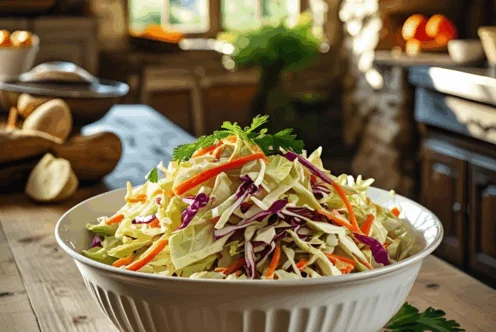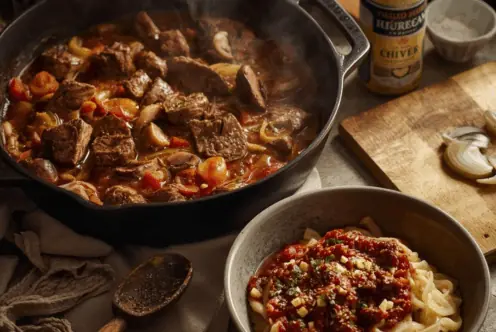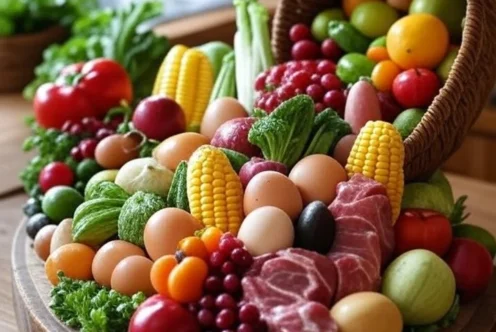Blog
How to Buy Local Food: A Simple Guide
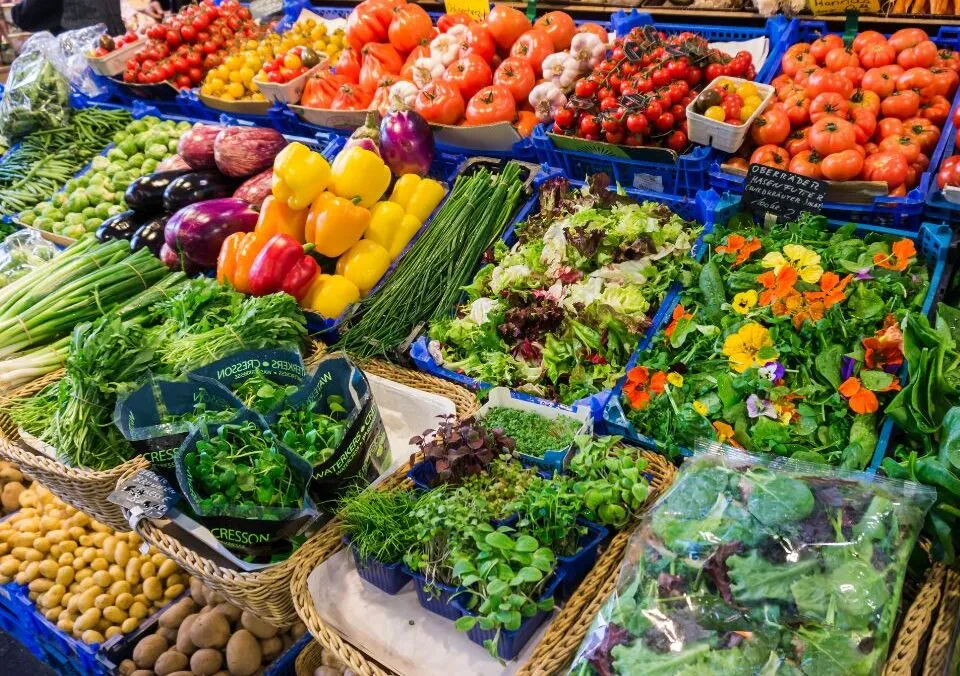
In an era where food supply chains stretch across continents, buying local food has become a powerful way to reconnect with the source of what we eat.
Local food—grown, raised, or produced within a short distance from where it’s consumed—offers numerous benefits: fresh produce and support for local farmers and economies. Arizona Farm Bureau’s Fill Your Plate is a solid resource for buying local, and for us, local means anything produced within the boundaries of our wonderful state, Arizona. For real adherents to local, it may be a 50-mile radius, though the smaller the radius, the more challenging the “buy local” mantra becomes unless you are growing and raising your own food in a “homesteading” environment.
By 2050, it’s estimated that nearly 75% of the world’s population will live in urban areas, making it increasingly important to bridge the gap between consumers and the farms that feed them. This article provides a comprehensive guide to buying local food, offering practical tips to help you make informed choices, along with resources and recommended books for further exploration.
Why Buy Local Food?
Before diving into the tips, it’s worth understanding why local food matters. Local food systems foster community connections, preserve farmland, and celebrate the mix of local food grown in an area. Locally grown produce is often harvested at peak ripeness, ensuring better flavor and higher nutrient content. Additionally, buying local supports small-scale farmers and producers, keeping money within the community and strengthening regional food security. For example, purchasing directly from farmers or local markets can return up to 90 cents of every dollar to the local economy, compared to just 15 to 20 cents from large retailers.
However, sourcing local food can feel daunting in a world dominated by supermarkets and global supply chains. While we also encourage shopping at your local grocery store, there are amazing options for buying local when it comes to food.
The following tips will guide you through the process, making it easier to integrate local food into your diet while aligning with your values and lifestyle.
Tips for Buying Local Food
Visit Farmers’ Markets
Farmers’ markets are one of the best places to find local food. These markets bring together farmers, artisans, and consumers, offering fresh produce, meats, dairy, and baked goods directly from the source. To make the most of your visit:
- Research local markets: Use resources like our Farmers’ Market Finder Tool to find markets in your area. Many markets operate seasonally, so check schedules.
- Shop early: Arrive early for the best selection, as popular items like heirloom tomatoes or fresh eggs often sell out quickly.
- Talk to vendors: Ask farmers about their farm and specifically about an item they sell. This builds trust and helps you make informed choices.
- Bring reusable bags: Reduce waste by bringing your own bags or baskets to carry your purchases.
Join a CSA (Community Supported Agriculture) Program
CSAs allow consumers to buy shares in a farm’s harvest, receiving regular deliveries of fresh, seasonal produce. This model supports farmers by providing upfront capital and ensures you get ultra-fresh food.
Arizona is known for launching CSAs in the early 1990s, pioneering this form of local agriculture.
- Find a CSA: Websites like LocalHarvest.org or the USDA’s CSAs directory list by region. Fill Your Plate also connects Arizona residents with local CSAs.
- Understand the commitment: CSAs typically require a seasonal or annual subscription. Be prepared for a variety of produce, which may include unfamiliar items like kohlrabi or sunchokes. Many of the farms will provide recipes, especially with produce items you might not be familiar with.
- Experiment with recipes: Use CSA boxes as an opportunity to try new dishes. Many CSAs provide recipes or suggestions for using their produce.
- Share with others: If the quantity is too much, split a share with a neighbor or friend to reduce waste.
Shop at Local Food Co-ops or Independent Grocers
Food cooperatives and independent grocery stores often prioritize local products. Co-ops are member-owned and focus on sustainable, community-driven food systems.
- Check for local labels: Look for signs or labels indicating locally sourced items, such as “Grown in Arizona” or “Local Farmer.” The Arizona Department of Agriculture’s “Arizona Grown” label is undergoing a refresh; stay tuned on what will be revealed in the months to come.
- Ask store staff: Employees at co-ops or small grocers are often knowledgeable about their suppliers and can point you to local options. Even larger grocery stores are making an effort to feature and highlight local products by providing easy access and signage so you can identify what’s local.
- Compare prices: Local food at co-ops can sometimes be pricier, but bulk buying or member discounts can make it more affordable.
Buy Directly from Farms
Purchasing directly from farms—through farm stands, pick-your-own programs, or online stores—cuts out the middleman, allowing you to enjoy the freshest produce.
- Locate farms: Use FillYourPlate.org to find farms you can visit that offer direct sales in Arizona or check LocalHarvest.org for national options.
- Plan seasonal visits: Many farms offer pick-your-own opportunities for fruits like strawberries or apples. Check harvest calendars to time your visits.
- Support farm events: Some farms host tours, dinners, or workshops, which deepen your connection to the food source.
- Inquire about bulk deals: Buying in bulk (e.g., a bushel of apples) can save money and allow you to preserve food through canning or freezing.
- Use Online Platforms for Local Food
- Technology has made it easier to source local food through online marketplaces and delivery services.
- Explore platforms: Websites like FarmMatch or MarketWagon connect consumers with local producers. FillYourPlate.org offers a searchable database of Arizona farms and products.
- Check delivery options: Some farms and CSAs offer home delivery or pickup points, ideal for busy schedules.
- Verify local sourcing: Ensure the platform prioritizes local producers by checking their sourcing policies or product origins.
- Learn to Shop Seasonally
- Local food is inherently seasonal, meaning availability changes throughout the year. Embracing seasonality enhances flavor and reduces reliance on imported goods.
- Use seasonal guides: The USDA’s Seasonal Produce Guide (available via SNAP-Ed Connection) or FillYourPlate.org’s seasonal charts highlight what’s in season in your region.
- Plan meals around seasons: For example, focus on tomatoes and zucchini in summer, root vegetables in fall, and citrus in winter.
- Preserve for off-seasons: Learn to can, freeze, or dry surplus produce to enjoy local flavors year-round.
- Support Restaurants and Cafes Using Local Ingredients
- Many restaurants prioritize local sourcing, showcasing regional ingredients in their menus.
- Research farm-to-table eateries: Check menus or ask servers about local sourcing. Websites like EatLocalGrown.com list restaurants committed to local food.
- Look for certifications: Some states have programs like “Arizona Grown” that certify restaurants using local ingredients.
- Engage with chefs: Chefs passionate about local food often share their suppliers’ names, which can lead you to new farms or markets. Sometimes, chefs will even mark their menus with the farmer/rancher who provided the menu item.
- Grow Your Own or Participate in Community Gardens
- While not strictly “buying,” growing your own food or joining a community garden is a hyper-local approach.
- Start small: Grow herbs, tomatoes, or greens in pots or a small garden plot.
- Join a garden: Community gardens offer shared spaces to grow food and connect with local growers. Find one through the American Community Gardening Association.
- Trade with neighbors: Swap homegrown produce with others to diversify your local food supply.
- Read Labels and Ask Questions
- Not all “local” claims are accurate. Some retailers use vague terms to market products as local when they’re not.
- Look for specifics: Labels should indicate the farm’s name or location (e.g., “Grown at Mortimer Farms, Dewey, AZ”).
- Ask for transparency: If a product’s origin isn’t clear, ask store staff or vendors for details.
- Avoid greenwashing: Be wary of terms like “fresh” or “natural” that don’t necessarily mean local.
- Budget Wisely for Local Food
- Local food can sometimes cost more due to smaller-scale production, but there are ways to make it affordable.
- Use MyPlate’s Shop Simple tool: This USDA tool helps find cost-saving opportunities for healthy, local food.
- Buy in bulk: Purchase larger quantities of staples like grains, beans, or meat to freeze or store.
- Focus on value crops: Root vegetables, beans, and in-season produce are often cheaper than out-of-season items simple because the item is available in abundance if the crop season was abundant.
- Compare unit prices: Check price tags for unit prices (e.g., cost per ounce) to ensure you’re getting the best deal.

Sources for Additional Information
- Fill Your Plate: Managed by the Arizona Farm Bureau, this website connects consumers with local farmers, markets, and CSAs in Arizona. It includes a searchable database of farm products and seasonal guides.
- LocalHarvest: A national directory of farmers’ markets, CSAs, and farms offering direct sales. It’s an excellent resource for finding local food sources across the U.S.
- USDA’s Seasonal Produce Guide: Offers tips on buying seasonal produce and finding budget-friendly local options.
- EatLocalGrown: A platform to locate local food sources, including farms, markets, and restaurants.
- American Community Gardening Association: Helps you find or start community gardens for hyper-local food production.
- MyPlate: Provides budget-friendly shopping tips and recipes for incorporating local, healthy foods into your diet.
The Promise of Local in an Arizona Grocery Store is Real
In Arizona, it’s not very hard to find local food even in a typical grocery store. Nearly all fluid milk (that gallon or quart of milk) comes from our local family dairy farms. In the meat case, a recent University of Arizona study found that 52% of beef was from Arizona ranchers. To find more local beef and buy directly from the rancher, go to fillyourplate.org and search beef. During the winter, all your leafy greens such as spinach, Romaine lettuce, and other leaf lettuces are coming from Arizona produce farms.
Buying local food is more than a trend; it’s a lifestyle choice that supports health and community . By visiting farmers’ markets, joining CSAs, shopping at co-ops, or even growing your own food, you can make a meaningful impact while enjoying fresher, tastier meals. And, finding local food in a traditional grocery store gets easier and easier.
Resources like FillYourPlate.org and LocalHarvest.org make it easier than ever to find local sources. Start small, ask questions, and embrace the seasonality of local food to transform your plate and your connection to the food system. With these tips and resources, you’re well-equipped to fill your plate with the best your community has to offer.
By Julie Murphree, Arizona Farm Bureau Director of Strategic Communications

